If you’re looking for a natural and aesthetically pleasing alternative to traditional fencing, consider using plants as a “living fence.” Living fences offer a range of benefits, including beauty, privacy, and environmental advantages.
Here are the top 10 plants you can grow as living fences to enhance your property.
1. Bamboo (Bambusoideae)
Bamboo is a versatile and rapidly growing plant that can create an elegant and eco-friendly living fence. It provides excellent privacy, and its dense growth serves as a sound barrier. However, be sure to choose non-invasive bamboo species, as some varieties can spread aggressively.

2. Boxwood (Buxus spp.)
Boxwood is a popular choice for formal gardens and can be pruned into hedges or living fences. These evergreen shrubs are known for their dense foliage, which provides year-round privacy and an attractive, structured appearance.
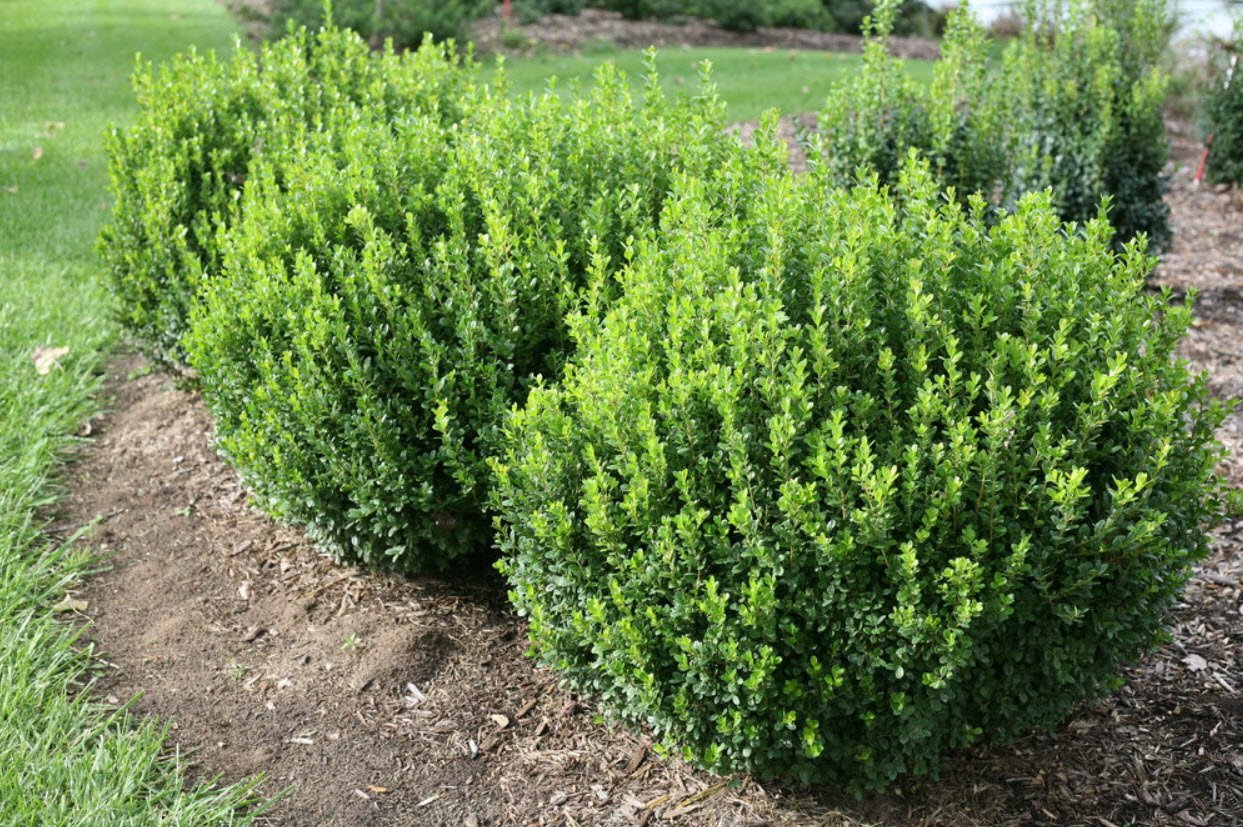
3. Privet (Ligustrum spp.)
Privet hedges are classic choices for creating living fences. They grow quickly, offer privacy, and can be maintained at various heights to suit your needs.
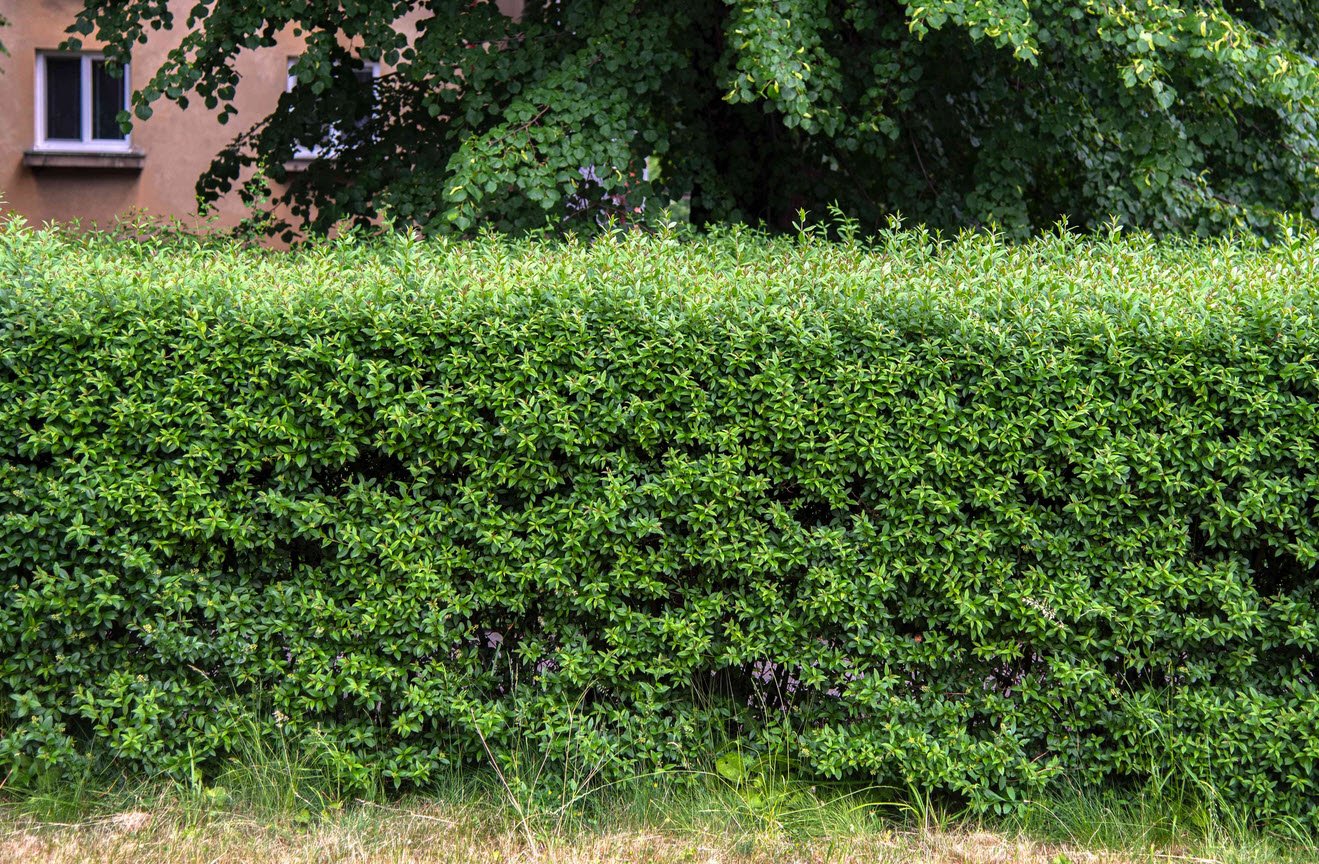
4. Arborvitae (Thuja spp.)
Arborvitae, also known as “the tree of life,” is a popular evergreen choice for living fences. It features dense, columnar growth and offers year-round privacy and beautiful greenery.
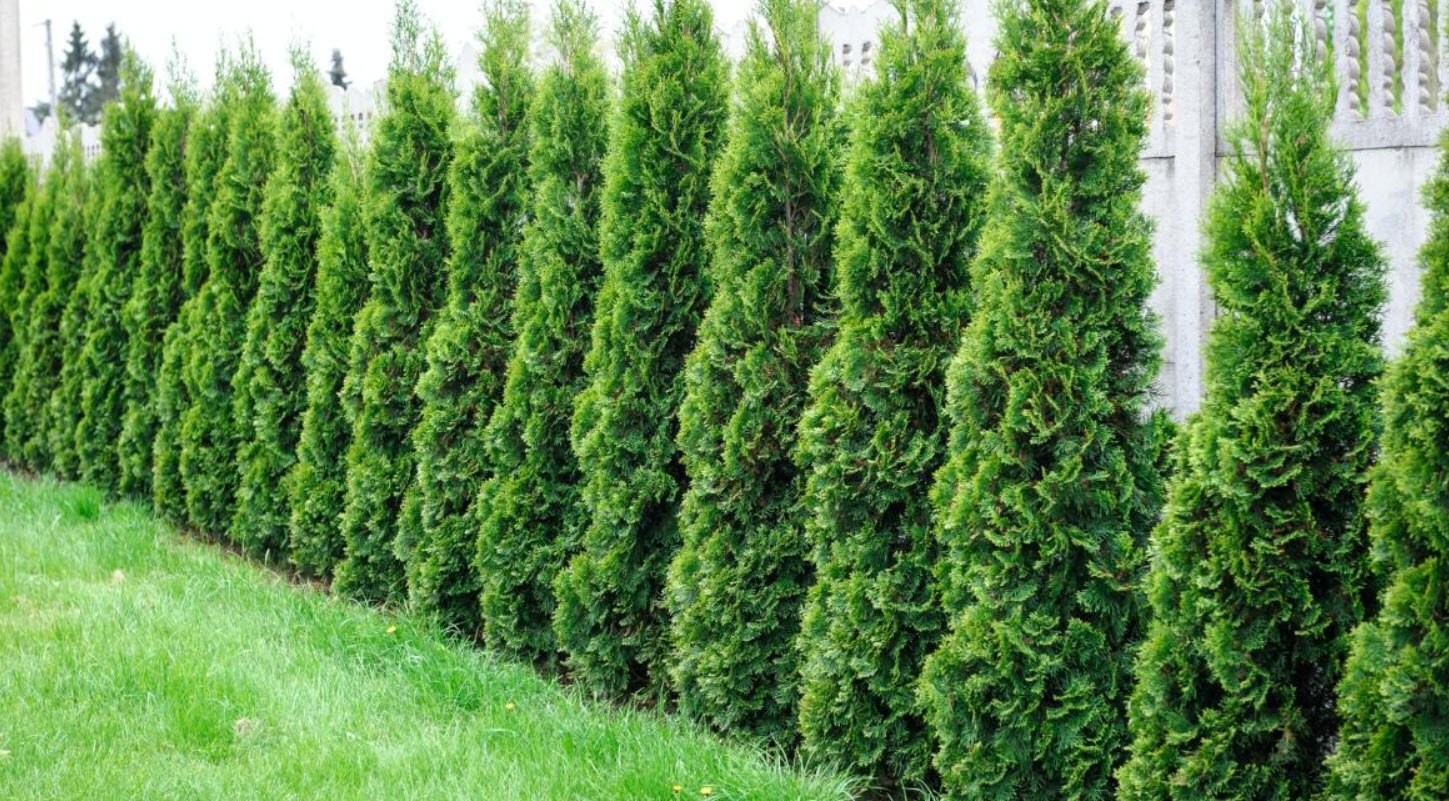
5. Photinia (Photinia spp.)
The Red Tip Photinia is a versatile evergreen shrub that can be pruned to form an attractive living fence. It produces vibrant red foliage, providing a pop of color to your landscape.

6. Cypress Trees (Cupressus spp.)
Cypress trees are tall evergreens that can create a towering living fence. They offer excellent windbreak and privacy while adding a touch of elegance to your property.
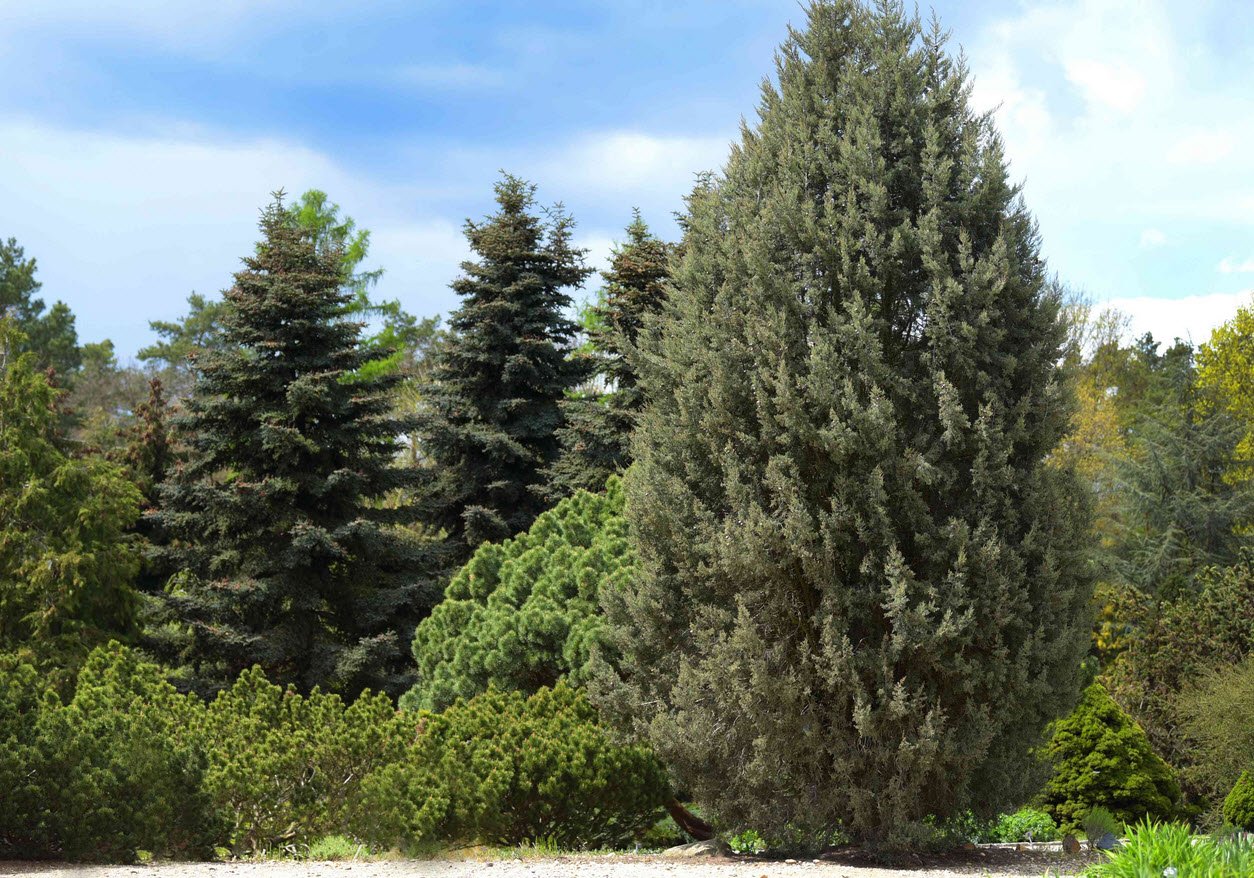
7. Skip Laurel (Prunus laurocerasus)
Skip laurel is a robust evergreen shrub that can be shaped into a dense and lush living fence. It is excellent for privacy and provides a clean and neat appearance.

8. Holly (Ilex spp.)
Holly is a versatile evergreen plant that can be used to create an attractive living fence. It offers year-round greenery and, depending on the variety, may produce decorative berries.

9. Euonymus (Euonymus spp.)
Euonymus, commonly known as spindle or burning bush, is a flexible choice for creating living fences. It is easy to shape and offers a mix of green, golden, or variegated foliage.
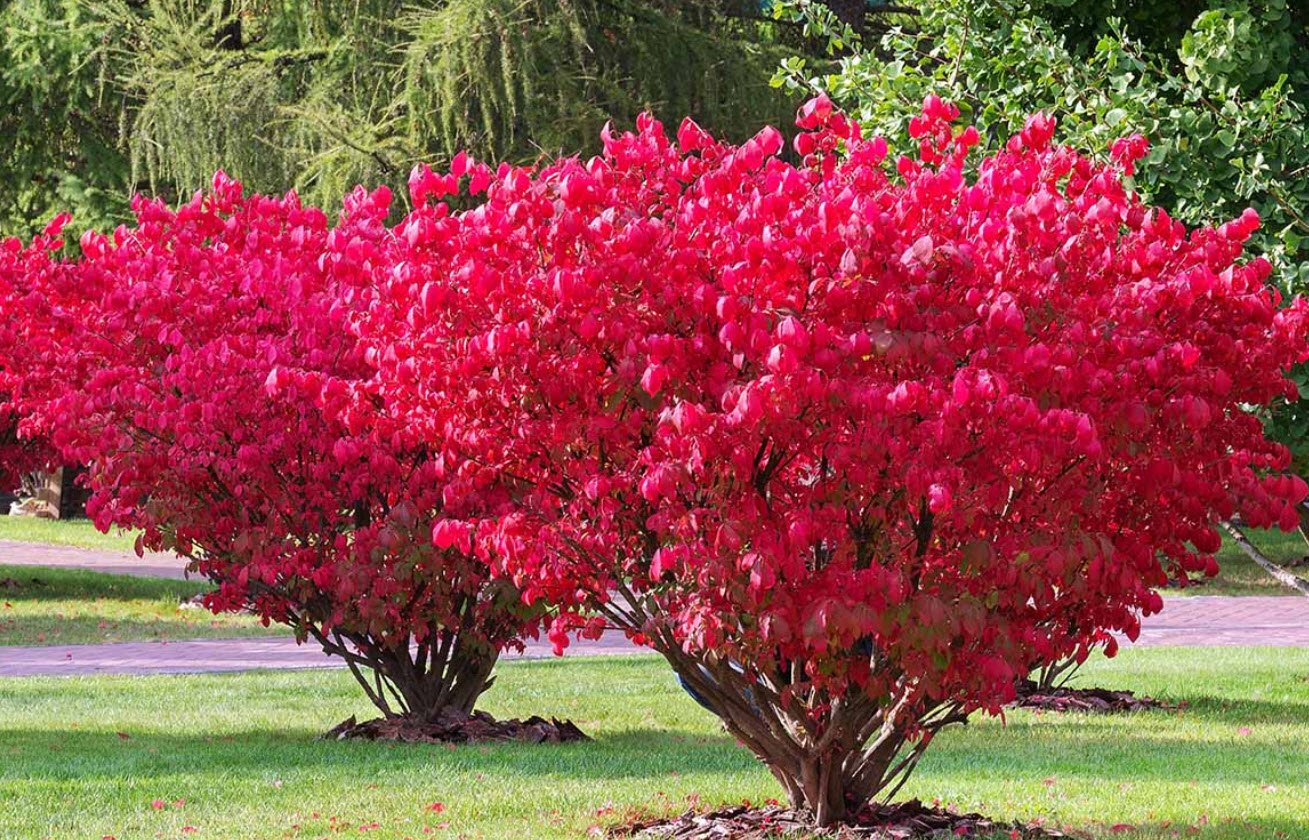
10. Juniper (Juniperus spp.)
Juniper bushes come in various shapes and sizes, making them an excellent choice for living fences. Their evergreen nature provides year-round coverage and a range of textures to suit your landscape design.
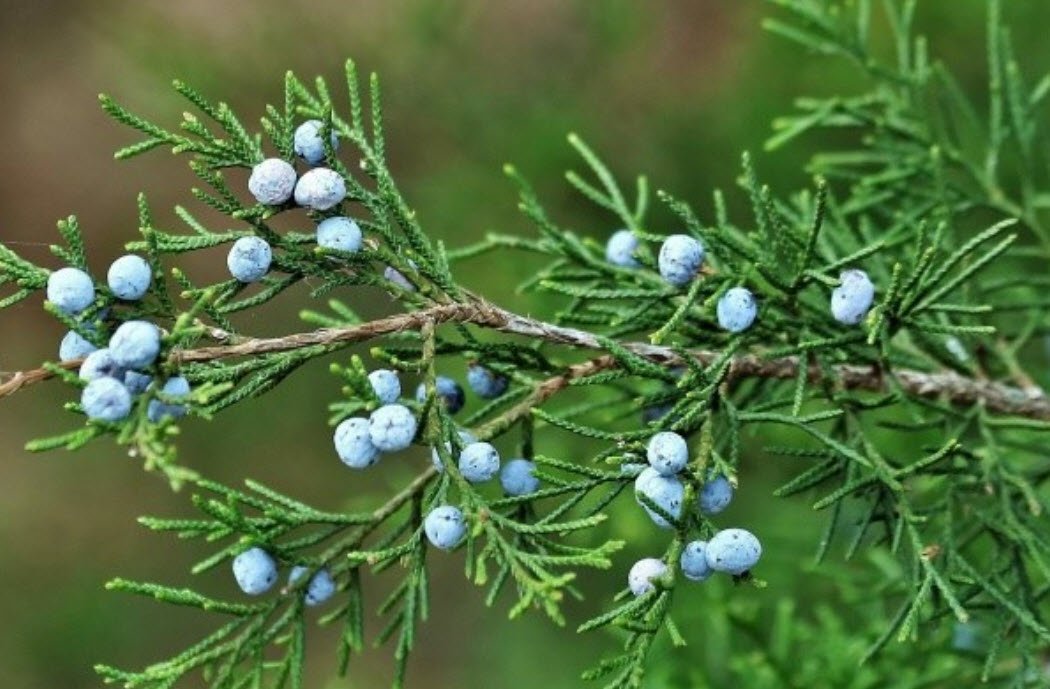
When establishing a living fence, it’s essential to consider the plant’s growth habit, maintenance requirements, and how well it adapts to your local climate. Regular pruning and upkeep will help maintain the desired height and shape of your living fence. Additionally, incorporating a mix of these plants can create an interesting and varied living fence that meets your specific needs.
A living fence not only provides privacy but also enhances the beauty of your property while contributing to the environment. It promotes biodiversity, serves as a windbreak, and helps reduce noise pollution.
Moreover, these living fences can be a sustainable and eco-friendly choice for property delineation. Whether you prefer a formal, manicured appearance or a more relaxed, natural feel, these top 10 plants offer a wealth of options for creating a living fence that complements your outdoor space.



